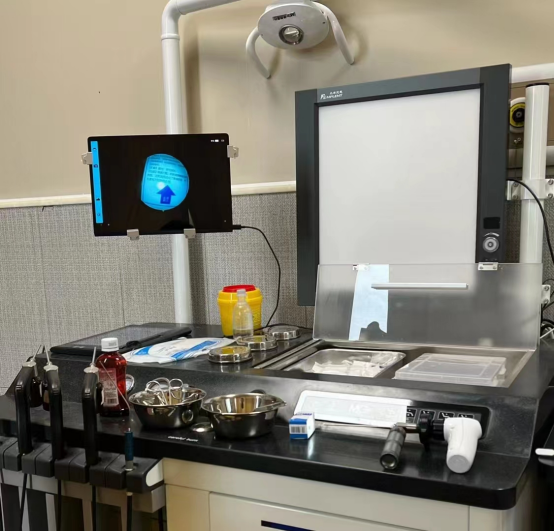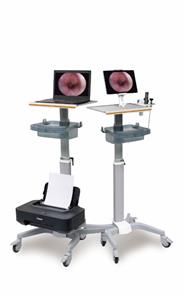Endoscopic-assisted treatment of periodontitis stage IIIB with malocclusion
Tartar is the main local promoter of periodontal disease and its complete removal is the primary goal of periodontal treatment. Traditional SRP is the key to periodontal treatment, but for patients with severe periodontitis and malocclusion, SRP cannot completely improve the inflammatory state of periodontal disease and needs to be supplemented with periodontal surgery, etc. Periodontal endoscopy is an emerging minimally invasive treatment method in recent years, which enables visualization of the subgingival environment and facilitates the removal of subgingival tartar and diagnosis of root fracture and root fissure. The results of the study showed that the adjunctive application of endoscopy after SRP significantly reduced tartar in deep periodontal pockets (PD ≥ 5 mm) and significantly improved the efficiency of calculus removal.Graetz et al. experimentally found that the total treatment time required for subgingival debridement using endoscopy was reduced. Also many clinical trials confirmed the therapeutic efficacy of periodontal endoscopy and they found a significant reduction in periodontal pocket probing depth and bleeding index after application of endoscopy. After endoscopy-assisted treatment compared with pre-treatment, the percentage of PD values and BOP positive sites were significantly lower in moderate to severe multi-rooted teeth, and the BOP sites were significantly lower. In contrast to conventional SRP, periodontal endoscopic scaling preserved more bone. Furthermore, the results showed that the use of periodontal endoscopy did not cause significant anxiety or pain in patients. In conclusion, the use of periodontal endoscopy after SRP can have a good outcome in patients with severe periodontitis. However, some clinical studies found that the change in attachment loss after periodontal endoscopy-assisted treatment was not significant, which is similar to the treatment effect in this case. This may be due to the fact that periodontal restoration is a slow and long-term process, so longer clinical follow-up is needed.





